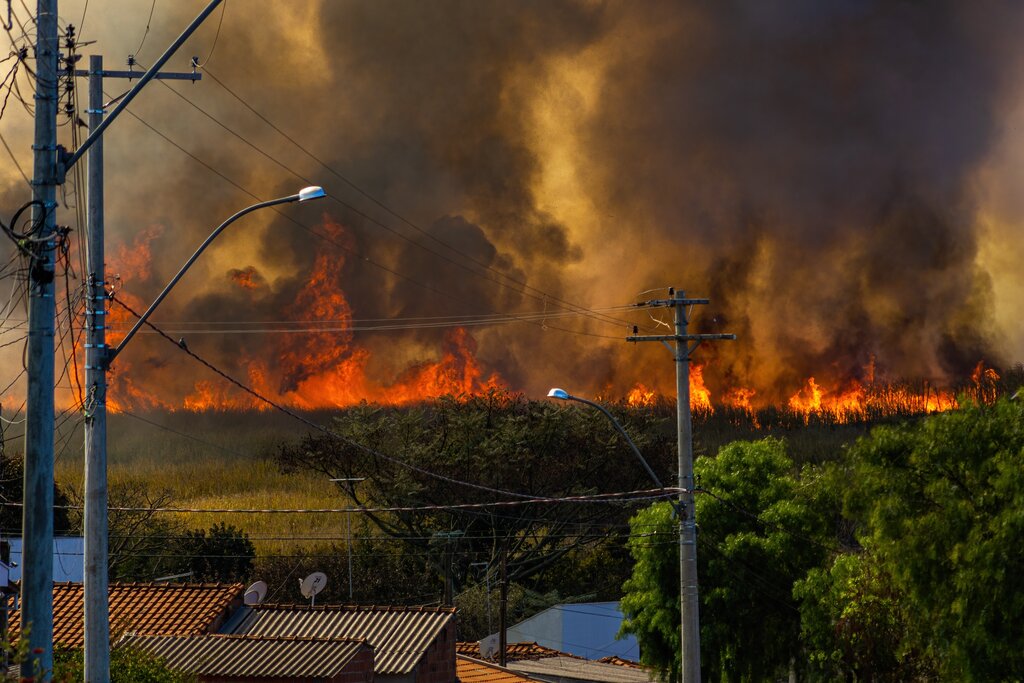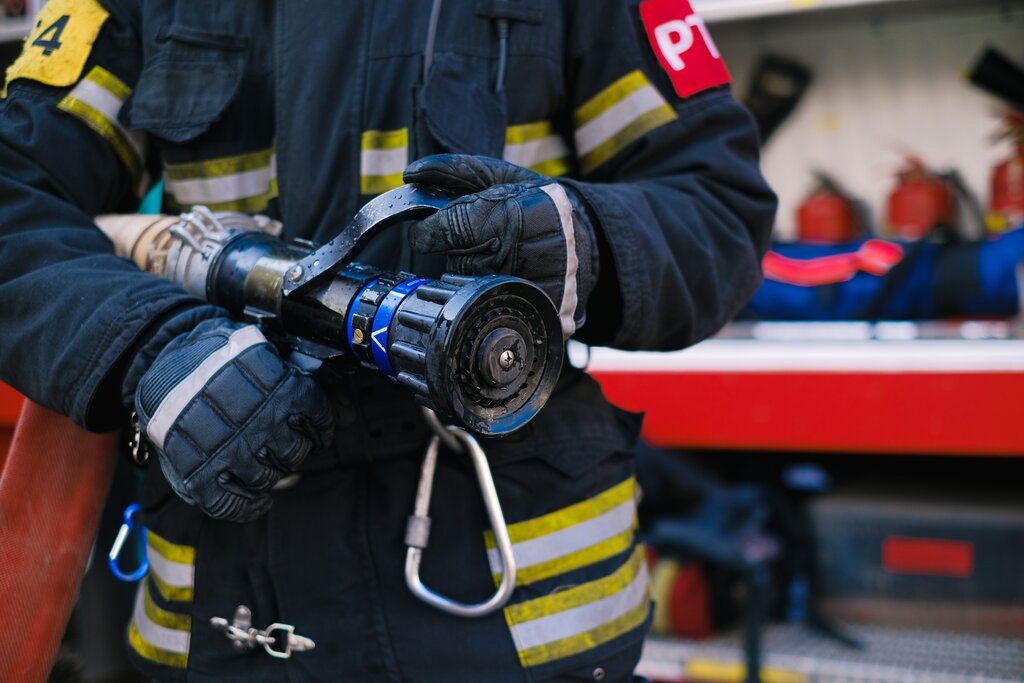Wind-Driven Wildfires Wreak Havoc
Across the West
As red-hot flames from western wildfires consumed the Verdugo Mountains, residents of Burbank, Calif, stopped to watch from their yards, from storefront windows, and from parking lots.
Before it was finally contained, one of the largest wildfires in the history of Los Angeles County, the La Tuna Fire, scorched more than 7,000 acres.
As is so often the case with harrowing news, stories of heroic rescues have emerged. Craig Bollesen, of Sunland, was struggling to help his elderly parents, particularly his 88-year-old father, who is confined to a wheelchair. “My neighbor came from nowhere,” Bollesen said. “He put my dad in the wheelchair and picked him up. I took the front. And we carried him down the backstairs.”
The family is grateful to be alive. But virtually everything they own has been destroyed.
Blame It on the Wind
The La Tuna Fire was spread quickly by shifting winds. Dozens of other wind-driven wildfires across the West have also wreaked havoc.
A blaze in Montana’s Glacier National Park consumed the Sperry Chalet, a national park icon since 1913.
The chalet was reachable only by trail, via hiking or horseback. It was built by the Great Northern Railway and was designated a National Historic Landmark.
Regarding the fire, the Sperry Chalet’s website stated:
“We are saddened to inform you that Sperry Chalet has been lost…We are grateful for the efforts made by the National Park Service and the exceptional team of firefighters. Unfortunately, this fire could not be contained.”
For a moving video tribute to the Sperry Chalet, click here.
Also threatened by western wildfires within the park is Lake McDonald Lodge, a 103-year-old hotel. If Lake McDonald Lodge were also to be lost, it would be “unimaginably devastating,” according to local historian Mark Hufstetler.
“These are some of the most remarkable buildings anywhere in the United States, and they are an integral part of the Glacier experience and the Glacier tradition,” Hufstetler said. He added, “If they did not exist, that experience and that tradition would not exist, either.”
Giant Sequoias Remain
In California’s Yosemite National Park, more wind-fueled western wildfires drove into a grove of giant sequoia trees thousands of years old. And yet these ancient and resilient sentries remained unharmed.

Pixabay Image
Giant sequoias are among the most fire-resistant trees. (For information on other fire-resistant species, see related article, “Can You Name the Most Fire-Resistant Trees?“)
In fact, sequoias actually rely on fire to release most seeds from their cones, to expose soil for seedlings to take root, to recycle soil nutrients, and to open holes in the forest canopy for essential sunlight.
Because the sequoia is so resistant to fire (and pests), the most common cause of death is not old age, but simply falling down. And that’s because their roots are only 6 to 20 feet deep.
But sequoias grow with other sequoias, in groves. So their roots spread out over a wide area and intertwine with each other, helping them to withstand high winds and other trials.
We could learn a lot from the sequoias.
Sources:
Featured Image: Pixabay





